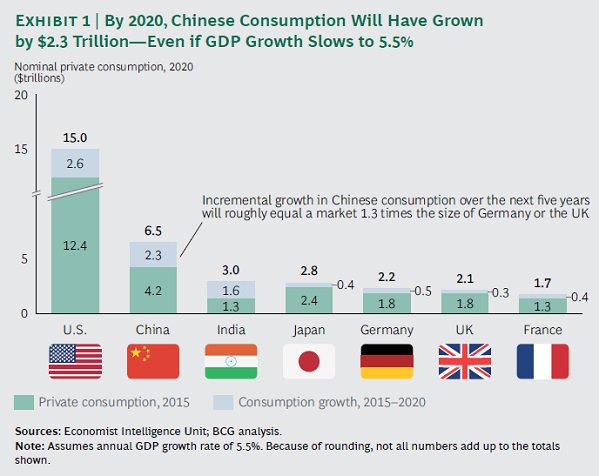FORTUNE — Among the many amazing things about Apple is how scrutinized it is. Rarely have a company, its products, and its top executive — the late Steve Jobs — been so thoroughly examined. And yet, for a corporation so frequently discussed, Apple is poorly understood. Its products are ubiquitous, but information about the institution is scarce — which is exactly how Apple wants it. Apple steers the conversation to its gadgets — for sale at an Apple store near you! — not its modus operandi. InInside Apple: How America’s Most Admired — and Secretive — Company Really Works, I hope to shine a light on how this company labors to keep the world from knowing what’s going on inside its walls, with secrecy, both external and internal, being one of Apple’s key tools. It’s ironic, really. The business world keeps nattering on about the importance of corporate transparency, yet the most successful company in the world is beyond opaque. Born from a feature I wrote for Fortune last year, Inside Apple dissects Apple’s covert ways and provides a road map for less-buttoned-up companies to follow. –Adam Lashinsky
Apple employees know something big is afoot when the carpenters appear in their office building. New walls are quickly erected. Doors are added and new security protocols put into place. Windows that once were transparent are now frosted. Other rooms have no windows at all. They are called lockdown rooms: No information goes in or out without a reason.
READ MORE HERE…………………………..http://bit.ly/xo7ecZ







 Goldman Sachs is not exactly the number one brand in the world. Admittedly, it’s hard to beat Apple these days in popularity contests. But Goldman doesn’t even come close: on the contrary, it’s a firm that people love to hate. William D. Cohan’s Money and Power: How Goldman Sachs Came to Rule the World (Doubleday, 2011) provides fodder for the Goldman haters, exposing among other things a long history of conflicts of interest.
Goldman Sachs is not exactly the number one brand in the world. Admittedly, it’s hard to beat Apple these days in popularity contests. But Goldman doesn’t even come close: on the contrary, it’s a firm that people love to hate. William D. Cohan’s Money and Power: How Goldman Sachs Came to Rule the World (Doubleday, 2011) provides fodder for the Goldman haters, exposing among other things a long history of conflicts of interest.